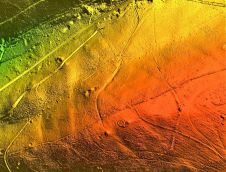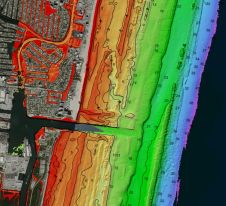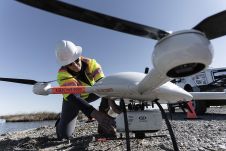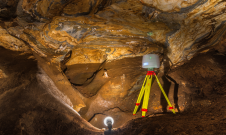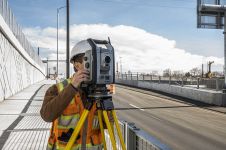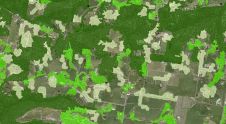ESA采用CORS网络进行全局错误映射
本文最初发表在地理学世界.
截至今天,密苏里州re than five billion satnav devices on Earth. Along with smartphones and mobile receivers, this figure includes networks of fixed receiver stations, used to improve accuracy. An ESA-led project will harness these networks to provide an ongoing overview of satnav performance from the global to national and regional scale.
“The general assumption is that global navigation satellite system (GNSS) services can always be relied on, which is true 99% of the time,” comments Michael Pattinson of诺丁汉科学in the UK, which is developing this new project for the European Space Agency (ESA). "That’s fine for the ordinary smartphone user, but for safety-critical applications in particular, we need to know exactly when systems are not performing optimally, and why."
众包平台
“Current performance monitoring is often partial, based around individual signal frequencies or constellations, carried out by the service operators themselves. With our new COLOSSUS – Crowdsourced Platform for GNSS Anomaly Identification, Isolation and Attribution Analysis – data platform, we’ll be creating the most detailed possible picture of overall performance from the user side, covering all satellite constellations, signal frequencies and receiver types," he continues.
“The aim is to immediately identify system failures, faults and other errors on an immediate, autonomous basis. And we’ll do this by harnessing a resource that is already out there: gathering and analysing positioning data from networks of ‘continuously operating receiver stations’, known as CORS for short.”
There are many hundreds of these CORS stations across the globe. By performing positioning continuously at a fixed site in the landscape, they can be used as a standard, serving to identify and subtract measurement errors to boost positioning accuracy on a localised basis.
Measuring shifts
Many CORS networks have been established for scientific uses, such as the worldwide International GNSS Station (IGS) network, used as a standard geographical reference and to measure shifts in the solid Earth, oceans and ice.
其他人已由国家映射代理商建立,例如英国的军械调查。还有私营部门网络,用于提高土地测量,空运供应商,道路充电或无人驾驶汽车等服务的准确性。
“每个网络都不同,”迈克尔帕丁森添加了迈克尔·帕丁森。“有些人可以自由地提供数据,其他人涉及注册或付款。我们正在与运营商交谈,以便我们访问他们的数据以换取分享我们的结果,并且他们非常有兴趣访问此类业绩指标。
“从这么多网站的测量值,当发生故障时,我们将能够立即针对其可能的源。是本地化干扰,还是产生更广泛的影响?它是大气的干扰吗?只是受影响的GNSS接收器的单一模型,或多种类型?是单卫星,多种卫星甚至多个星座的问题吗?“
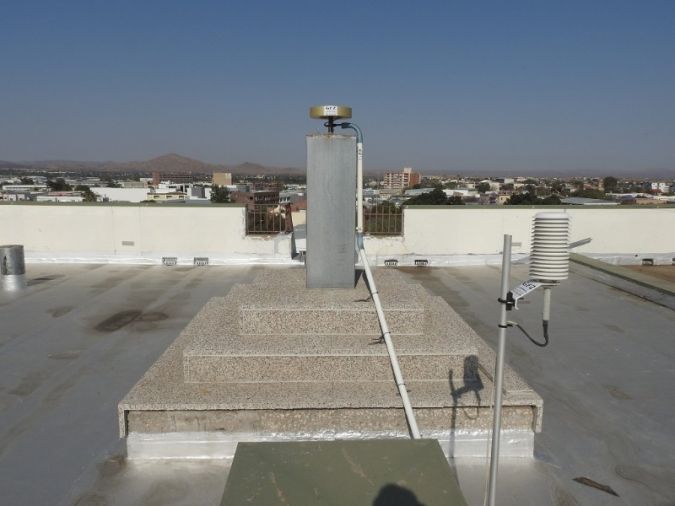
处理算法
The company is also deploying its own CORS receivers as an additional data source, at the same time as it develops and tests its processing algorithms. The aim is to begin testing the cloud-based COLOSSUS towards the end of 2019 and bring the service online in the first few months of 2020.
“Once the service starts, it will run continuously, just like the CORS stations themselves,” adds Pattinson. “Our goal is for COLOSSUS to become a key player in GNSS performance monitoring, building up a database of all anomalies that occur and their consequences in terms of constellations, geographical regions and receiver types, to give users, service providers, and regulators an informed sense of how much ‘trust’ to place in these systems.”
该项目通过ESA的导航创新和支持计划,NAVISP支持,应用ESA的赢得伽利略和欧洲的专业知识EGNOS卫星增强系统新卫星导航和 - 更广泛定位,导航和时序挑战。
Source: European Space Agency.
让你的收件箱更有趣。Add some geo.
Keep abreast of news, developments and technological advancement in the geomatics industry.
免费注册

